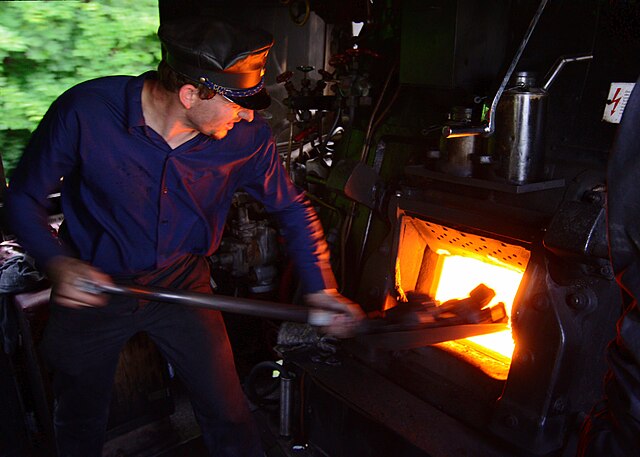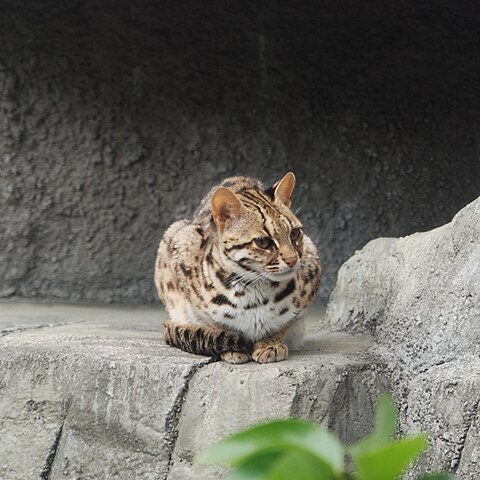We just learned about the Rosary.
Another part of early Christianity is Heresy.
Through the hundreds of years after Jesus died, the church had a lot of talks about what was true, and what was right.
Their decisions were put together into books like the Decretum Gratiani that we learned about.
Sometimes people would say things that went against those rules.
When some idea was against the rules the church decided, it was called heresy.
Someone who said something that was heresy was called a heretic.
The word comes from the Greek word αἵρεσις (haíresis) which means choice.
When the church started getting their own soldiers and having wars, they started using that new power to force people not to say any heresies.

(from: wikipedia - heresy)
Kid Facts - Blast from the past: Seven Ecumenical Councils









